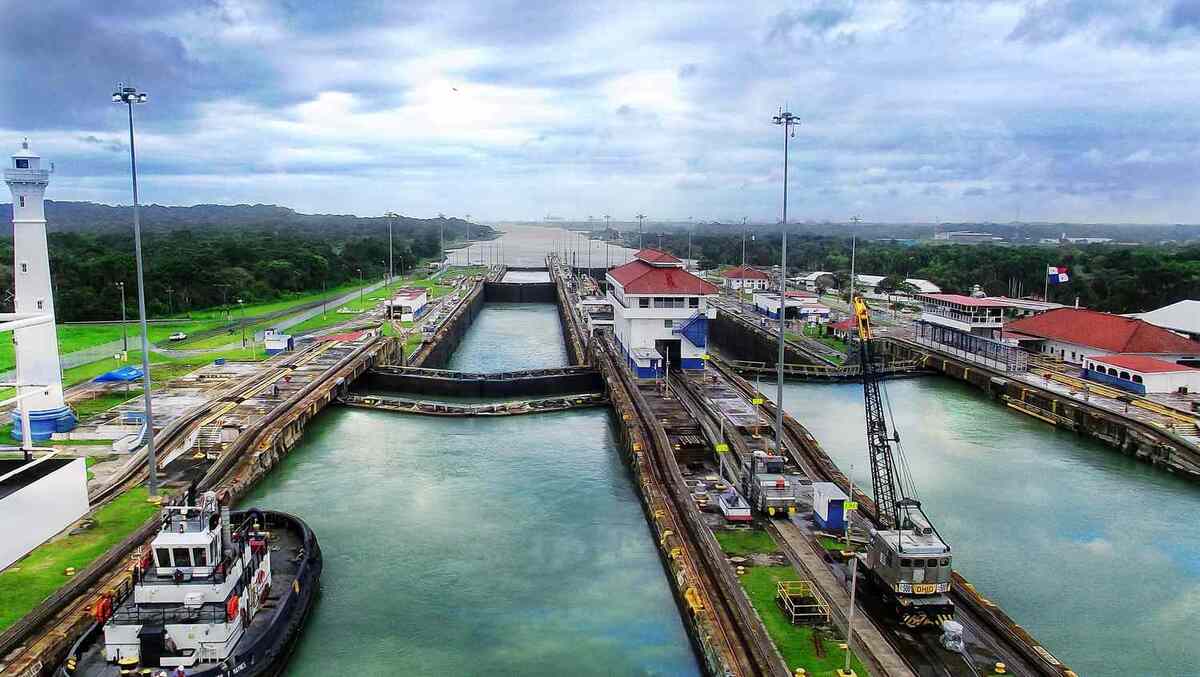Context:
The Panama Canal, a crucial shipping route connecting the Atlantic and Pacific Oceans, faces an existential threat from climate change.
Background:
The canal’s operation depends on large amounts of freshwater. Climate change has led to more frequent droughts, reducing the water levels in these lakes. While droughts are a major concern, excessive rainfall can also cause problems by overflowing the lakes. These challenges highlight the broader impacts of climate change on global infrastructure and the need for adaptive strategies to ensure the continued functionality of such critical routes.
About Panama Canal:
- The Panama Canal is a man-made waterway located in Panama, Central America.
- It connects the Atlantic Ocean (via the Caribbean Sea) to the Pacific Ocean, significantly reducing the travel distance for ships, which would otherwise have to navigate around the southern tip of South America via the Drake Passage or the Strait of Magellan.
- It cuts across the Isthmus of Panama, a narrow strip of land that separates the two oceans.
Importance:
- Global Trade: The canal is a critical conduit for international maritime trade, handling a significant portion of the world’s shipping traffic.
- Economic Impact: It greatly reduces travel time and fuel costs for ships, enhancing the efficiency of global trade routes.
- Strategic Value: The canal holds strategic military importance, allowing for rapid naval deployment between the oceans.
Features:
- Locks System: The canal’s locks are a system of compartments with gates that function as water elevators, raising ships from sea level to the level of Gatun Lake, which is 26 meters above sea level.
- Gatun Lake: An artificial lake that forms a major part of the canal, providing the necessary water for the lock operations.
- Dimensions: The canal is approximately 82 kilometers (51 miles) long, with locks that can accommodate ships up to 366 meters (1,200 feet) in length and 49 meters (160 feet) in width.
- Expansion: The canal was expanded in 2016 with the addition of a new set of locks, known as the Panama Canal Expansion or the Third Set of Locks, allowing for the passage of larger vessels, known as New Panamax or Neo-Panamax ships.




Comments (0)